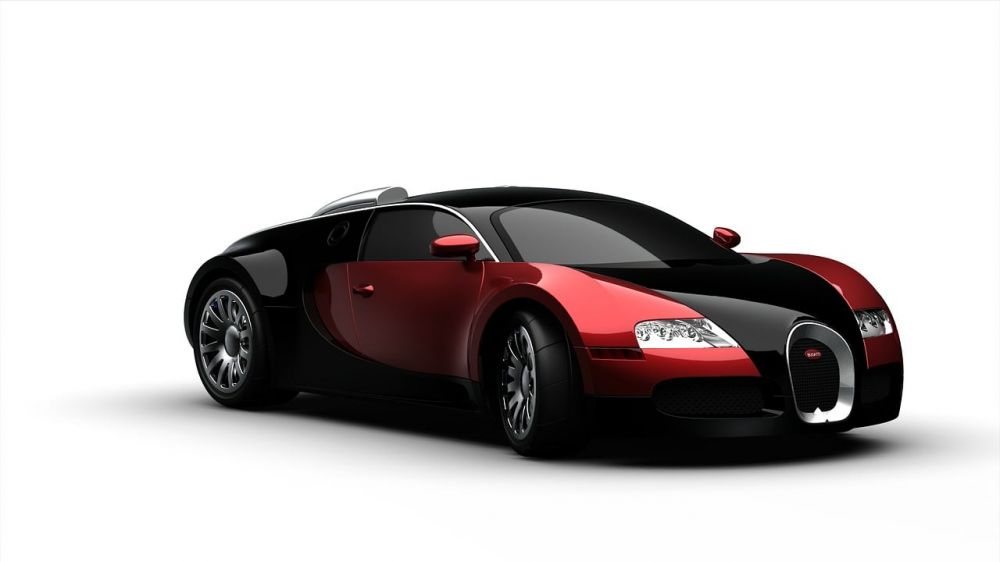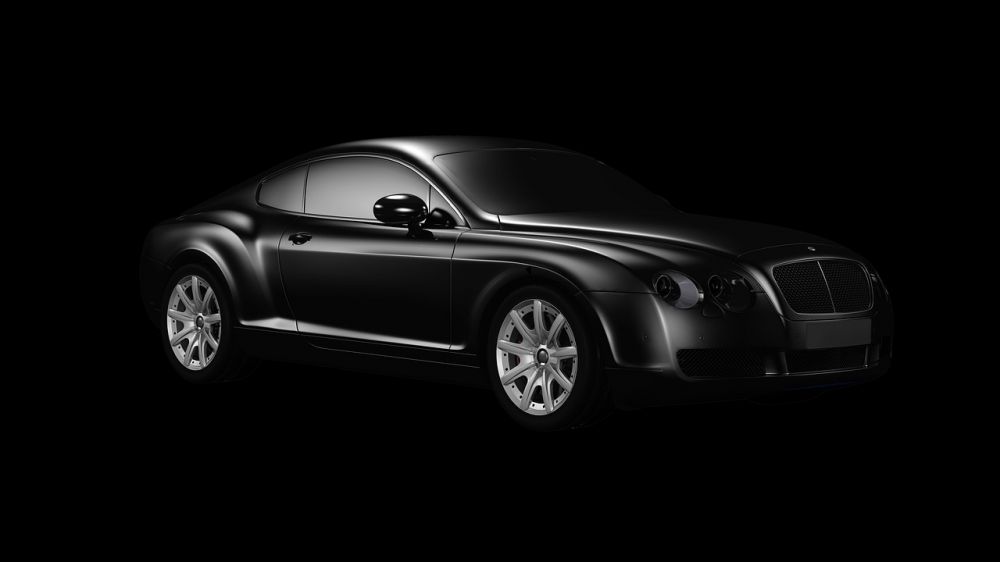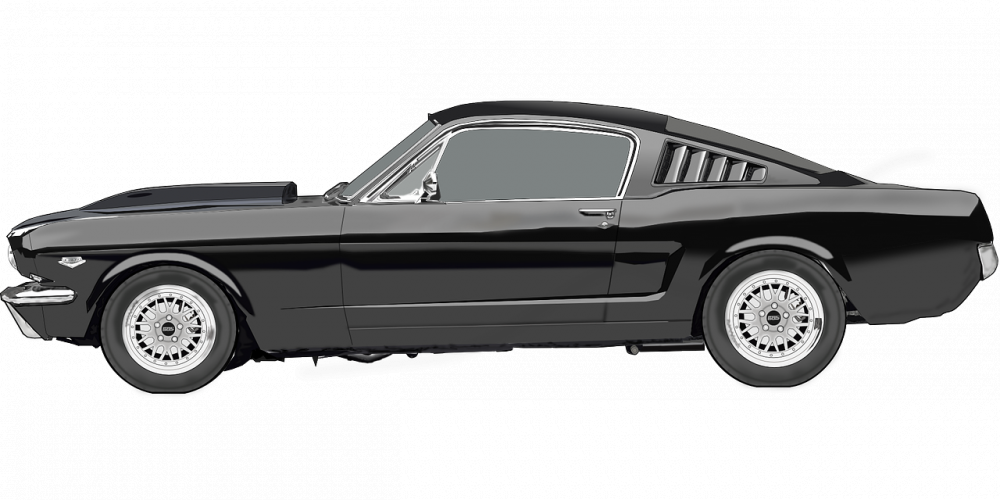VW Beetle: The Iconic Car That Stands the Test of Time

Introduction
The VW Beetle, also known as the Volkswagen Type 1, is one of the most iconic cars ever produced. With its unique design and rich history, it has captured the hearts of car enthusiasts and everyday drivers alike. In this article, we will delve into the fascinating world of the VW Beetle, exploring its key features, historical evolution, and why it continues to be so beloved.
I.
Key Features and Significance

The VW Beetle’s design is instantly recognizable with its distinctive rounded shape, curved windshield, and cute demeanor. It embodies simplicity, reliability, and affordability, making it a popular choice among car owners for decades. Here are some key features that make the VW Beetle stand out:
1. Unique Design:
– The Beetle’s signature design has remained largely unchanged since its inception, evoking nostalgia and a sense of charm.
– The rounded shape improves aerodynamics and contributes to its classic appeal.
– The curved windshield provides excellent visibility, enhancing safety on the road.
2. Compact Size:
– The compact size of the Beetle makes it maneuverable and easy to park in crowded urban environments.
– Despite its small size, the Beetle offers surprising interior space, ensuring passengers’ comfort.
3. Reliability:
– Known for its robust construction, the VW Beetle has built a reputation for being durable and dependable.
– The air-cooled engine eliminates the need for a water-cooling system, simplifying maintenance and reducing the risk of overheating.
4. Affordability:
– Originally designed to be an affordable car for the masses, the Beetle’s price point has made it accessible to a wide range of consumers.
– Its relatively low cost of ownership continues to be an attractive factor for budget-conscious car owners.
II.
Historical Evolution
The VW Beetle’s history dates back to the 1930s when it was first conceived by Ferdinand Porsche in Germany. Here is a chronological overview of its development and evolution throughout the years:
1. Pre-production Phase:
– In the late 1930s, Porsche designed the “People’s Car” (Volkswagen), which later became known as the Beetle.
– Prototypes were built, and extensive testing was conducted to refine the concept.
2. Production and Post-War Expansion:
– Mass production of the Beetle began in the late 1940s in post-war Germany.
– The Beetle quickly gained popularity at home and abroad, becoming a symbol of Germany’s industrial revival.
3. Global Success and Customization:
– Throughout the 1950s and 1960s, the Beetle’s popularity soared, particularly in the United States.
– It became a canvas for customization, with various aftermarket modifications and accessories available.
4. Modernization and Expansion:
– In the 1970s and 1980s, the Beetle underwent significant modernization to meet safety and environmental regulations.
– New features and improvements, such as front disc brakes and fuel injection, were introduced.
5. New Beetle and Beyond:
– In 1998, Volkswagen introduced the “New Beetle,” a modernized version of the iconic car, with touches of nostalgia and updated technology.
– Despite its success, the New Beetle was discontinued in 2019, marking the end of an era.
III. Featured Snippet Optimization
To optimize the chances of being featured as a snippet on Google, the following structure and bullet point format can enhance visibility:
Key Features and Significance
– Unique design: rounded shape, curved windshield
– Compact size: maneuverability, surprising interior space
– Reliability: robust construction, air-cooled engine
– Affordability: accessibility, low cost of ownership
Historical Evolution
– Pre-production phase: Porsche’s concept and prototyping
– Production and post-war expansion: mass production and popularity
– Global success and customization: rising popularity, aftermarket modifications
– Modernization and expansion: meeting regulations, new features
– New Beetle and beyond: introduction of the New Beetle, discontinuation in 2019
Conclusion
The VW Beetle is a car that has truly stood the test of time. Its unique design, historical significance, and enduring appeal have made it an icon in the automotive world. Whether you’re a car enthusiast or a casual driver, the Beetle’s charm and character are undeniable. In a world of constant change, the VW Beetle remains a timeless classic.





